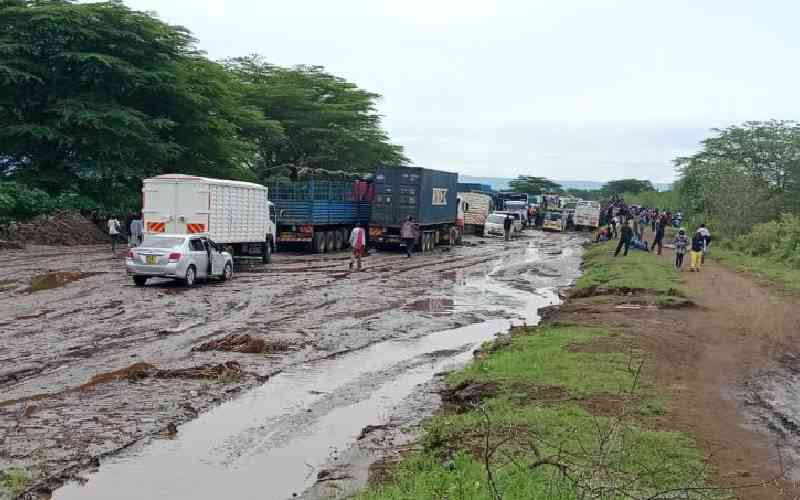×
The Standard e-Paper
Read Offline Anywhere

For the first time in many years, Kenya experienced high rainfall in April and early May. There were floods as rivers and dams burst their banks, resulting in deaths, desperation, and massive destruction of property.
But even as we soaked in water and floods wreaked havoc, the sad story is that a few months from today the water we see everywhere will be nowhere. Most parts of the country will start thirsting, again.